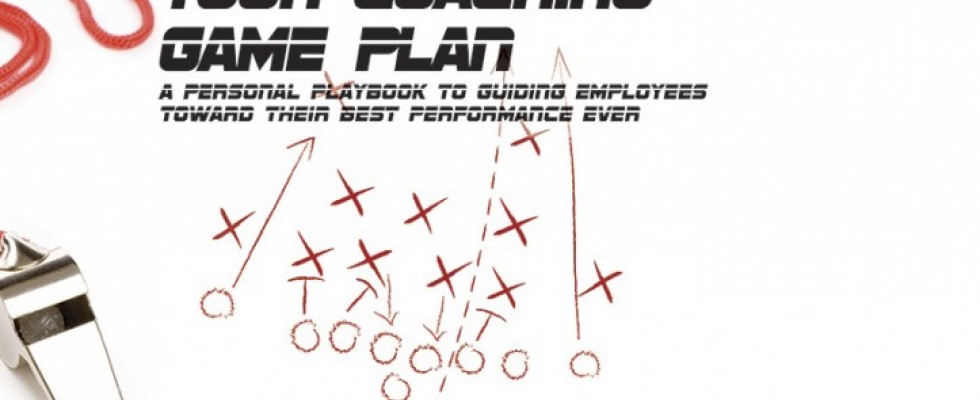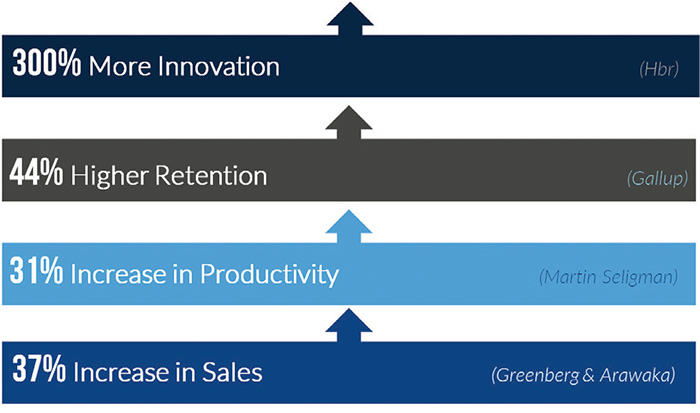
Remember Rubik’s Cube? It is the 3-D puzzle in the form of a plastic six-sided cube covered with multicolored squares. The puzzle’s objective is to twist and turn the sides so all the squares of the same color line up. In the end, the user needs the right combination of maneuvers to make everything align perfectly. Interestingly enough, the secret to success in managing an organization of multigenerations is simpler than solving Rubik’s Cube.
A Diverse Workforce
The workforce today comes from the following generations: baby boomers 1946 to 1965 (76 million), Generation X 1966 to 1980 (60 million) and millennials 1981 to roughly 2000 (86 million). People born within each of these generations grew up experiencing different external events that shaped their lives.
The baby boomers, also known as the “Me Generation,” grew up after World War II and rarely worried about putting food in the refrigerator or money in the bank. The post-war optimism inspired a sense of stability, opportunity and prosperity—values commonly held by the middle class. During their childhood they experienced the dawn of space exploration, accessible long-distance travel, civil rights, the women’s movement and the Vietnam War. As adults, this group gravitates toward brand loyalty. Baby boomers believe in dedicating themselves to the company and, in exchange, the company will take care of them. The values of this generation consist of individual choice, community involvement, prosperity, ownership, self-actualizing and health and wellness.
Generation X is also commonly referred to as “Latchkey Kids,” because they were given a key to let themselves into the house after school. Often, they found themselves home alone, taking care of themselves and perhaps even siblings. This generation experienced less time with parents and was not coddled for every emotional need and want. Emerging technology, Watergate, Iranian hostage crisis, the Iran-Contra Affair and the Clinton-Lewinsky scandal mark the maturing of this generation. Divorce rates tripled during this time. These experiences led to traits of independence, resilience and adaptability. This group values contribution, feedback and recognition, autonomy and time with their managers.
The next generation—called millennials—were deeply affected by 9/11 and terrorism. They experienced the infusion of cell phones, cable television, laptops and video games in every aspect of daily life. Their baby boomer and Gen X parents nurtured and protected them, providing for their every emotional, educational and physical need. They often experienced praise and reward for minimal effort, and as a result these young workers expect recognition and reward from others. This group of young workers tends to feel close to their parents and often continue living with them even after joining the workforce. This generation has experienced rapid globalization and cultural diversity, and has a sense the world is their oyster. Millennials consume information on electronic devices instead of paper. They value self-expression and and feel respect must be earned—it is not freely granted based on age, authority or title.
Today many organizations employ people across all three of these generations, causing consternation among management. Each generation grew up with different experiences and values. Naturally, these differences lead to challenges for an organization to run successfully. To achieve success, you need to harmoniously harness the work through other people so your organization can adapt to changes in insurance, regulations, compliance and competition.
Generational Interaction
Each generation feels inspired and motivated by different values. Figuring out the right triggers is important in order to create optimum results. In the past, organizations applied various methods but didn’t experience much improvement. Organizations used motivational pep talks, but after the talks, motivation usually fell flat. Then companies applied incentives and rewards, only to find those employees who did well continued to stay on top. Organizations applied structure and used key performance indicators as measurements. Again, this method lacked evidence of improvement.
After continuous research, three factors can make a significant difference within an organization and actually boost the return on investment. The steps are simple:
- Generate a sense of well-being within the organization.
- Simplify what your organization is about.
- Create a coaching culture.
A Real Game Changer
The real game changer is creating a sense of well-being within the organization. When people feel stressed, high levels of performance are difficult to achieve. MetLife applied a personality and career assessment test to potential new hires. They identified and hired two types of people. Group A was technically qualified and met all the requirements for the sales role. Group B lacked the skills and experience, but their attitude and psychological framework scored high in terms of embracing an optimistic well-being. Within the first year, Group B without the initial skills and experience outperformed Group A by 21 percent. By the second year, Group B outperformed Group A by 57 percent. Group B lacked the job requirements from the start, but naturally maintained an optimistic sense of well-being.
 Organizations gain many other benefits from creating an overall company-wide positive environment of well-being.
Organizations gain many other benefits from creating an overall company-wide positive environment of well-being.As we look further, organizations gained many other benefits from creating an overall company-wide positive environment of well-being. Tony Zappos found that by creating this type of attitude within the organization, sales increased 37 percent, productivity increased 33 percent and retention increased 44 percent. In addition, burnout decreased 125 percent, sick days reduced 66 percent and turnover decreased 51 percent. These high returns support a strong case to invest in promoting and maintaining a healthy optimistic attitude within your organization.
The Fortune 100 list of the best companies to work generated nearly 584 percent improvement within 15 years by supporting and maintaining an optimistic company-wide well-being. The best part is that the steps to start this within your organization are simple. Simply ask yourself: For whom within my organization can I readily show appreciation? As a leader, start acknowledging and showing appreciation toward people within your organization. People within your organization will follow the same principle.
The second key is to simplify the complexities within your organization. Break down the steps within your sales process—for example, design, manufacture, market. Once you break down your steps, group your steps into systems and processes. The work becomes broken down into consumable chunks. This makes it easier to divide the work and train other people so you can multiply yourself through others to accomplish more.
The third step is creating a coaching culture. This benefits all three generations—millennials, Gen Xers, and baby boomers. Millennials gravitate toward building a portfolio of skills to be more marketable. They thrive on a path of accession and desire opportunities for career advancement. Knowing the reasons they need to do the work that needs to be done is important to them. Applying coaching allows them to clarify the steps toward advancement. Coaching provides the feedback toward improvement and helps to reveal the reasons they are performing the set objectives.
Gen Xers value feedback and recognition. They need to know that they have done well and want/expect to be recognized for it. Although they like autonomy, they also desire time with managers or a mentor. Gen Xers want to contribute to the organization. Receiving and providing coaching satisfies the Gen X needs to contribute.
Baby boomers thrive on recognition, having authority, being involved in decisions and coaching others. Baby boomers can mentor millennials or Gen Xers into developing and improving performance and career growth. The feedback the baby boomer provides satisfies the baby boomers’ needs and helps your company gain better performance.
Implement and Notice the Improvement
To summarize, if you are noticing conflict within your organization, apply these simple steps:
- Generate a company-wide sense of well-being
- Simplify what your organization is about
- Create a coaching culture
You will quickly notice increased levels of harmony within your organization. Set measurement indices to track profits, sales, productivity, sick days and turnover. After a period of time, most likely you will discover that these three steps have allowed your organization to achieve more in less time, and these simple steps are much easier to implement than solving Rubik’s cube.
